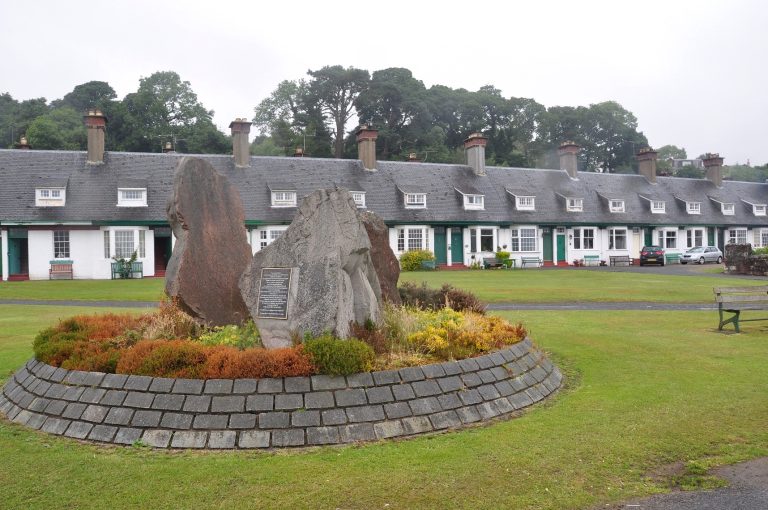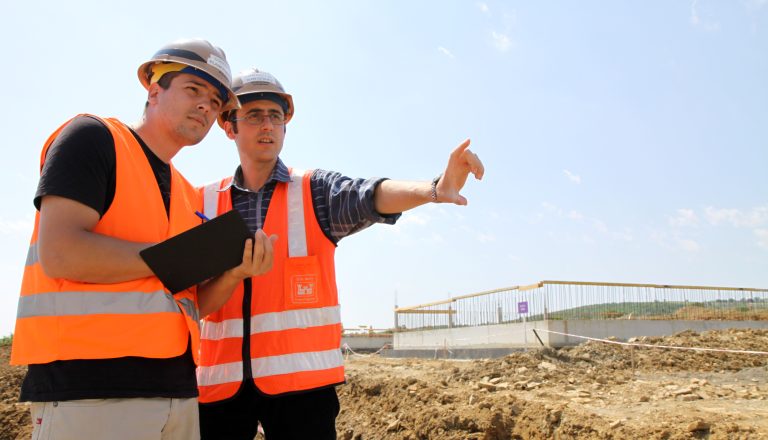In the latest property news, mixed views can be perceived in the varying performance of renting rates across Scotland, in comparison to those rates witnessed, and reported on for across England and Wales. The figures, effectively showcasing the overall rise in rent rates across the UK, display that Scottish property rents, although successfully rising, have only done so at two thirds of the rate seen in England and Wales, with a rise of circa 2.1% each year – reported in the latest but to let index from Your Move. Across England and Wales, an increase of rents has been reported to sit at some 3.3% each year, greatly outpacing the aforementioned rise in Scotland. Additionally, it has even been highlighted that pockets of Scotland have even witnessed periods of stagnation in rent prices on a monthly basis, with some areas, including Glasgow and the Highlands actually facing a fall in rents compared with January. The result come at a curious time, with Scotland simultaneously seeing a period of extensive governmental intervention into the private rent market, whilst simultaneously experiencing markedly slowed down growth in rents. Though, as highlighted by Brian Moran, Your Move Scotland’s Lettings Director, the figures do indeed still point to a degree of growth, yet against a considerable degree of stronger tenant finances. “Like any market, affordability is a fundamental check on prices. Rental arrears are a great benchmark of affordability in the market, and their frequency is falling,” explained Brian Moran. In fact, it is not the first time in which governmental intervention has led to similar levels of effect, likened to the 2012 tenancy fee abolition. Yet, how the sector now reacts to the changes presently being faced, and also how plans are made to ensure continued profitability in the sector, is yet to be fully seen – time, however, will tell.







